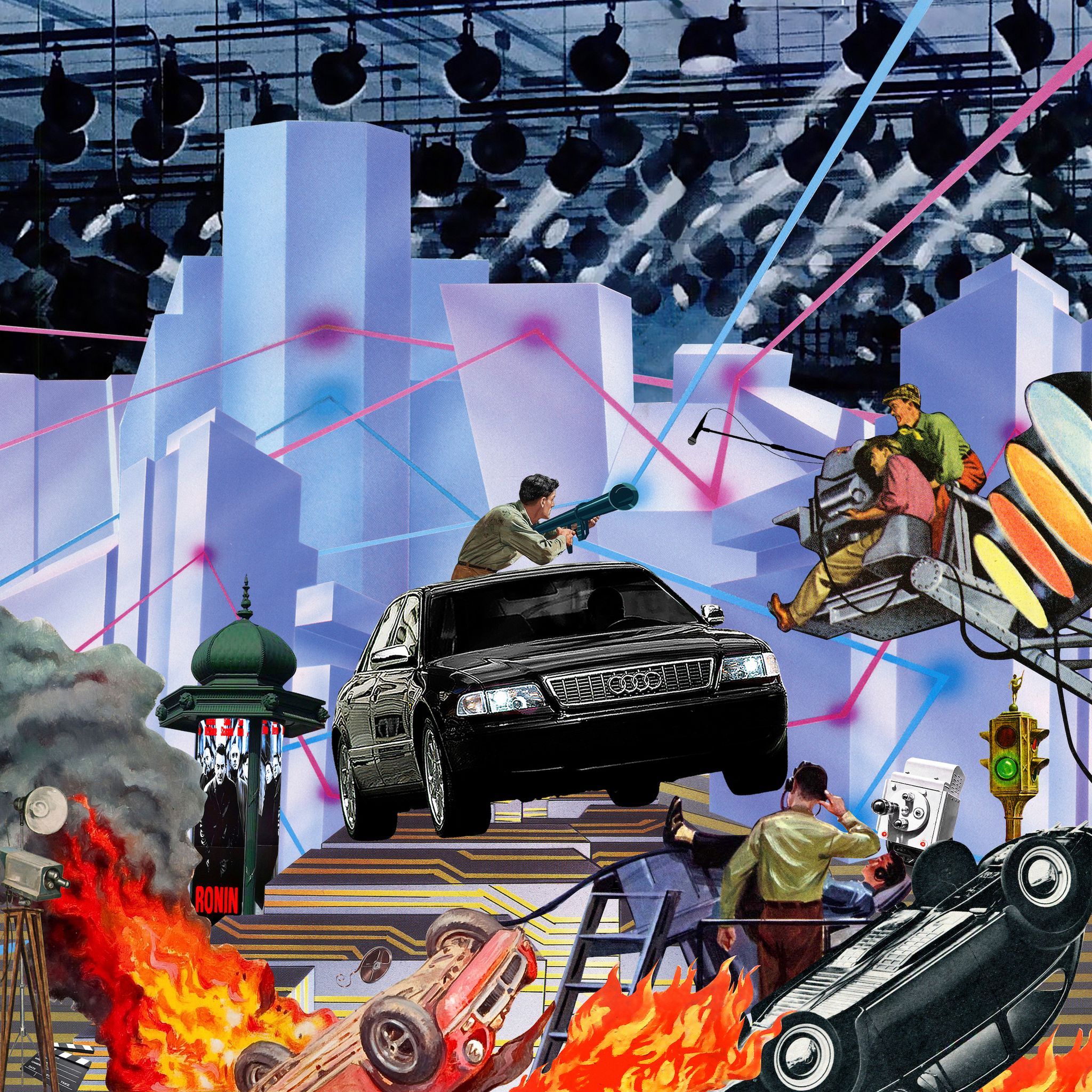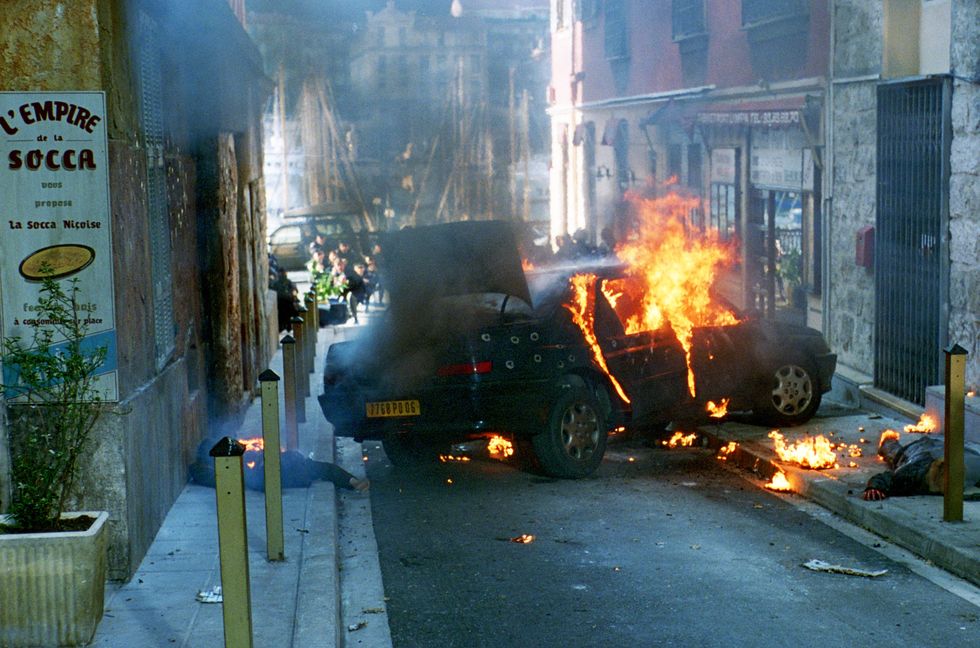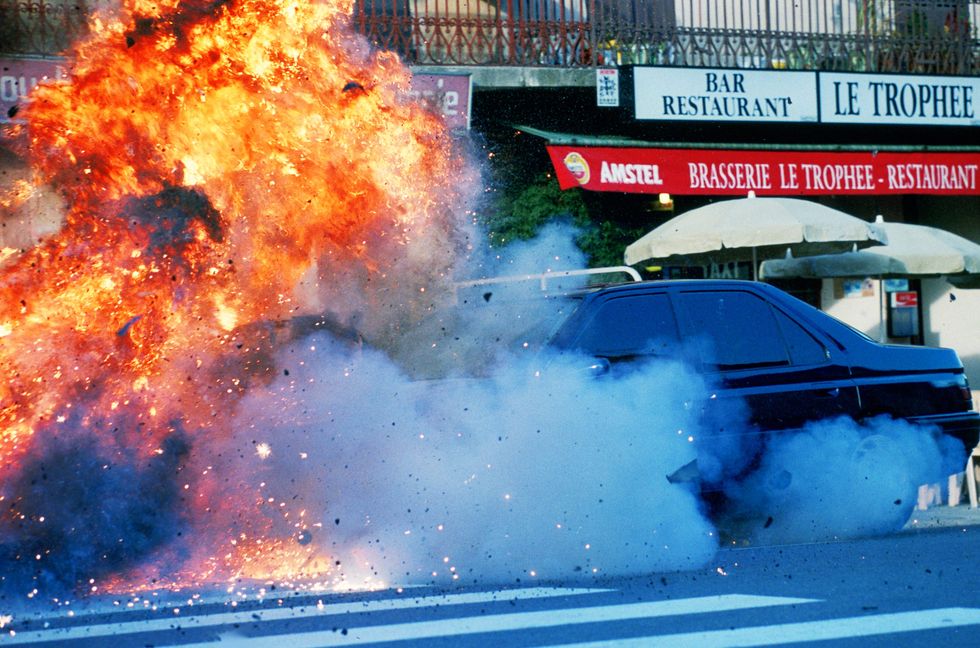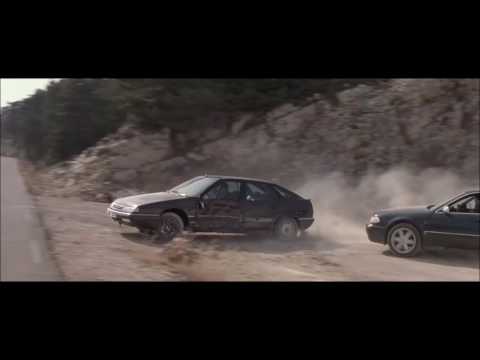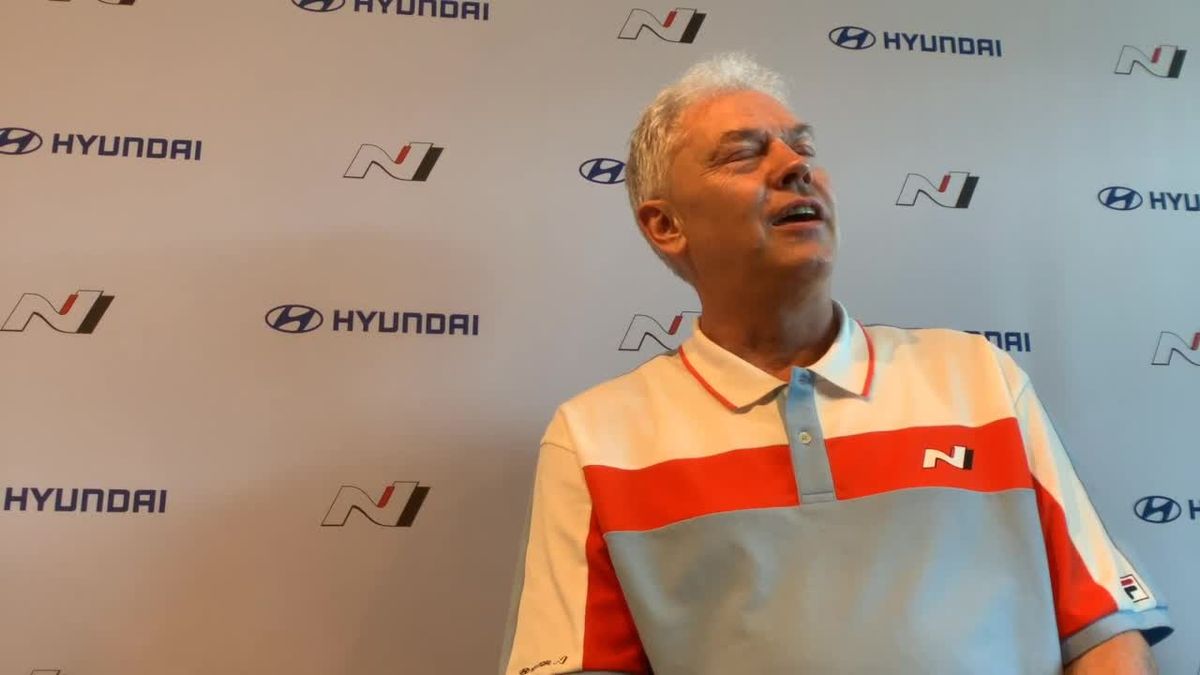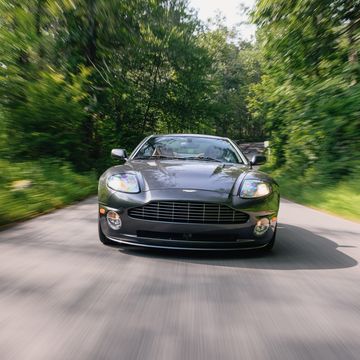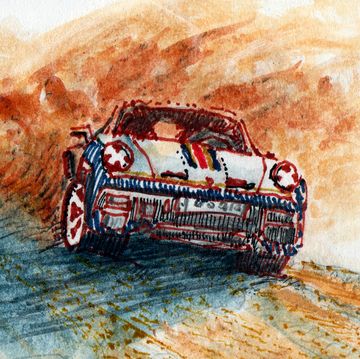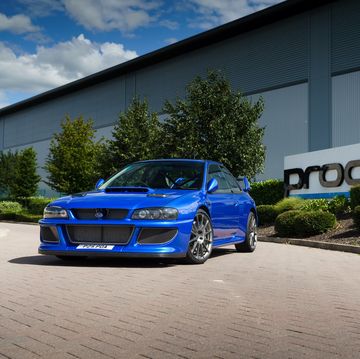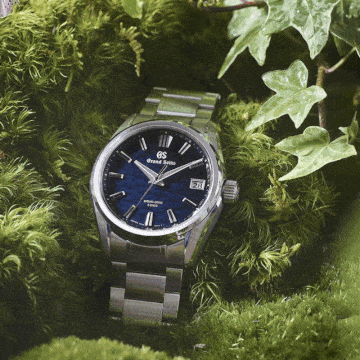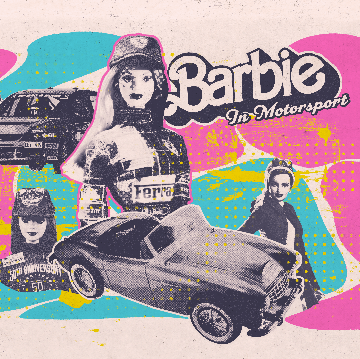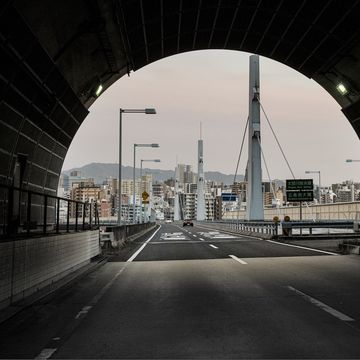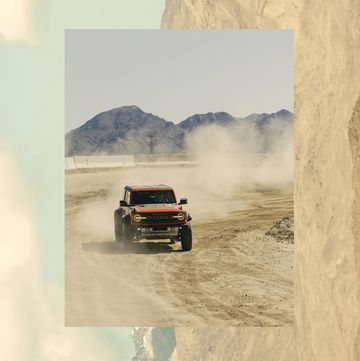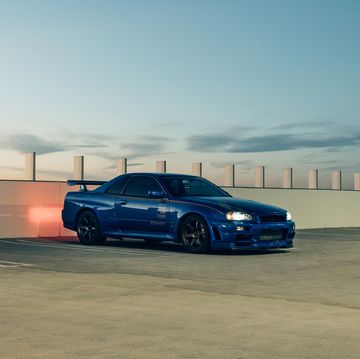John Frankenheimer was a hero. An amateur racer in his twenties, the director crossed a Kurtzian line of sanity with his 1966 racing film, Grand Prix, placing art above safety. Frankenheimer shot Graham Hill and other drivers at racing speeds, and several near-fatal wrecks made it into the film. This kind of all-in dedication would have today’s movie audience cringing.
This story originally appeared in Volume 18 of Road & Track.
But Grand Prix is not what solely makes Frankenheimer a hero to car-movie obsessives. There’s also 1998’s Ronin, an astonishing feat of action filmmaking that stands as the last of the great old-school, no-damned-CGI car-chase movies. Starring Robert De Niro, Jean Reno, Sean Bean, and Stellan Skarsgård, Ronin openly embraces all the common tropes of el teatro de acción: spies, heists, a MacGuffin (Google it), the destruction of fruit stands, long-legged honey traps, and a lengthy obituary sheet of faceless bad guys who are by turns shot, mashed, mangled, and launched through guardrails into the bottomless seaside canyons of Côte d’Azur. A few innocent bystanders are offed too.
Before getting to Ronin’s two landmark chase scenes, which reset the bar for all chase scenes to follow in cinema (even Fast & Furious fans know their franchise has never touched Ronin’s refined insanity), a word about subtlety: Part of what makes this film a masterpiece is that the cars are, well, pretty basic. Think of the Nineties, and think of what your mom might have driven.
I saw Ronin when it came out in theaters and still clearly remember the moment when wheelman Larry, played by Skipp Sudduth (who also did his own driving stunts), was asked what car he needed for the caper. Because I’d grown up watching car movies, I knew the answer had to be either a Diablo, a Ferrari 512 BBi, an Aston Martin, or a Shelby Cobra.
“Something very fast. Audi S8. Something that can shove a little bit,” he says. “I’m also gonna need a nitrous system.”
I was taken aback. Sure, there’s a nitrous package, and I suppose you can “shove” an Audi. But an Audi sedan? Really? Why? Probably because it wouldn’t attract attention like Bond’s DB5. There’s an old thieving adage: If you’re gonna break the law, follow the rules. And what better way to appear legit than drive a car that looks at home in a Mormon temple parking lot?
That Latter-day Saints D2 Audi, which packs a magnificent 360-hp 4.2-liter V-8, is the film’s true star, but the chase scenes that make Ronin timeless include cars that defined mid-Nineties normcore: a ’91 E34 BMW, a Peugeot 406, a 605. There are Nineties-vintage Citroëns—the XM and the Xantia—and an outlier, a lovely if somewhat pokey ’76 Mercedes 450SEL 6.9. Frankenheimer reportedly had a 6.9 and was determined to include one in the film.
With these ingredients, Frankenheimer goes to work terrifying the actors—and probably the residents of Paris—by designing two of the riskiest chase sequences of all time. The permits alone would be impossible today.
De Niro in the 406, with Reno riding shotgun, battles Natascha McElhone, Jonathan Pryce, and Skarsgård in the BMW. After drifting through a couple of tight Parisian squares, ruining motorists’ days, and starting fires along the way, the two cars eventually bound over a divider and wind up driving the wrong way on a three-lane highway that winds along the Seine.
Here’s where things get real-life tricky. Most directors run driving stunts at low speeds and later increase the tempo and drama in postproduction. Frankenheimer wasn’t about that. He was shooting on 35-mm film and needed the cars to drive at full speed, because playing with film speeds messes up lighting. The result: insanity.
The BMW and the Peugeot were going 75 mph against traffic, said stunt coordinator Jean-Claude Lagniez in an interview. The cars coming toward them were traveling 35 mph and under orders not to change lanes. Everything had to be perfect. “It could have been catastrophic,” said Lagniez, himself an 11-time Le Mans competitor.
Frankenheimer had De Niro, fresh from the success of Heat, sit in the front seat with the stunt driver during the Parisian scenes. “If I’m going to do a car chase,” Frankenheimer said upon the film’s release, “I’m going to do a car chase that’s going to make somebody think about whether or not they want to do another one.”
This is why the Nineties were cool. And why De Niro hasn’t done another serious chase scene.
